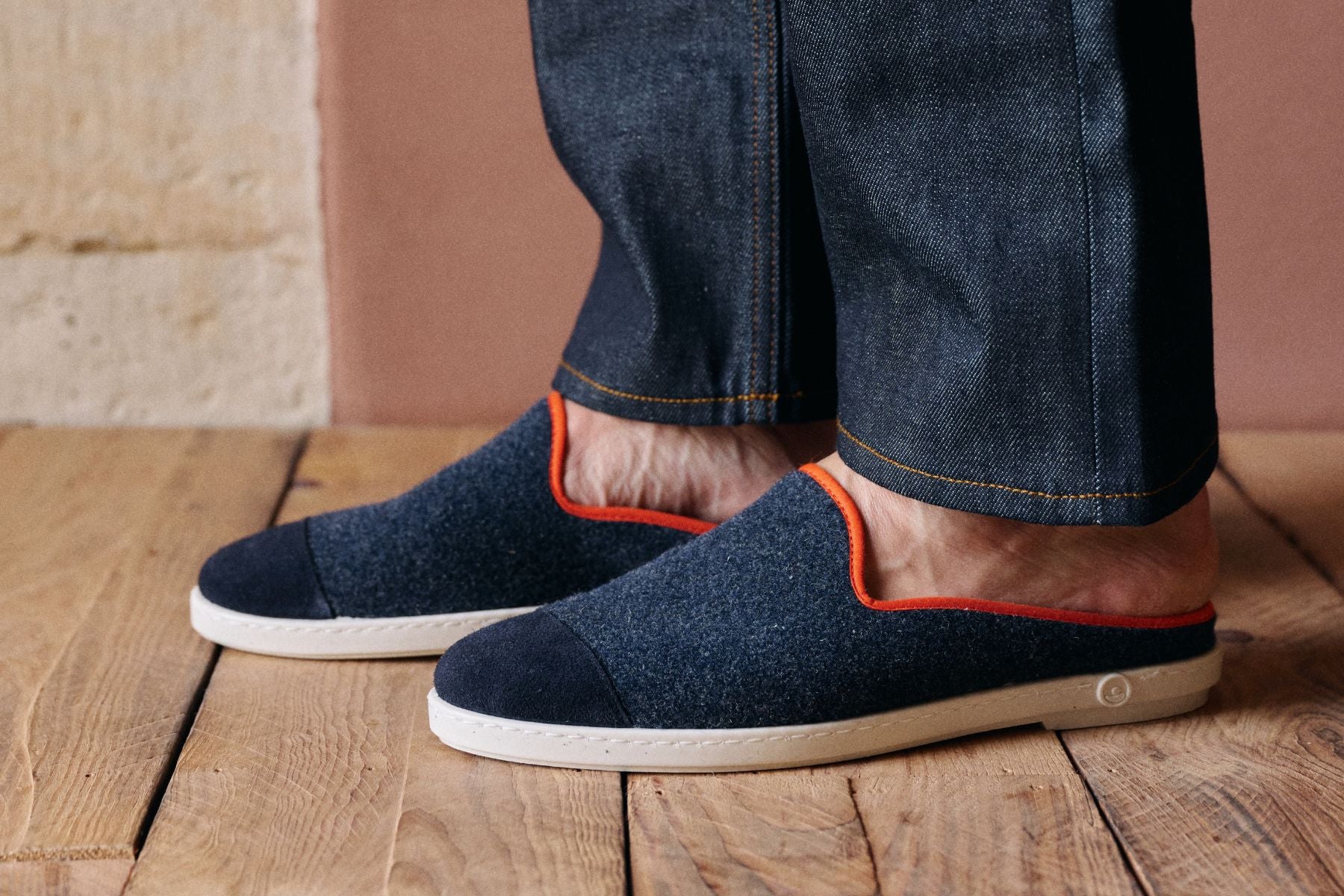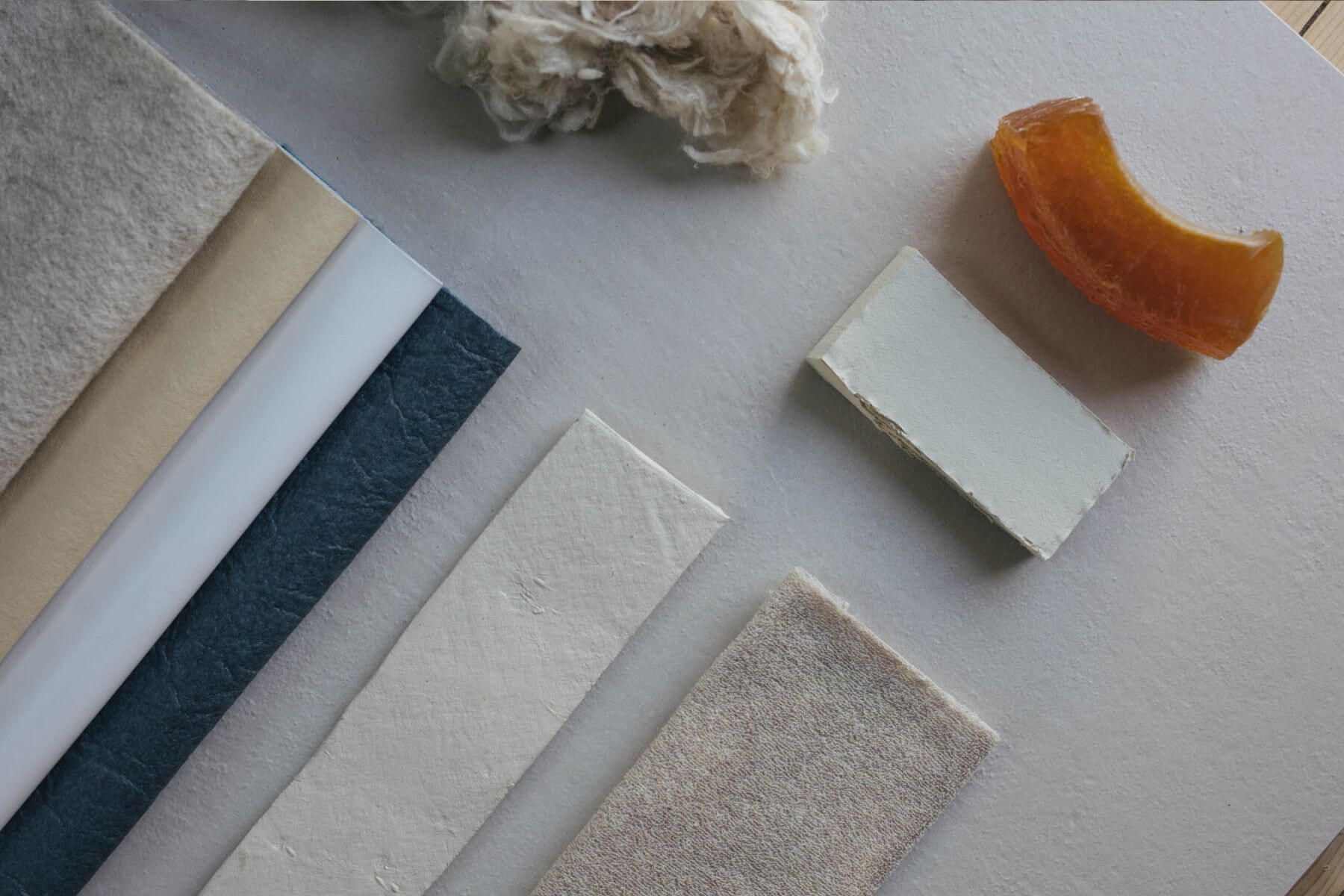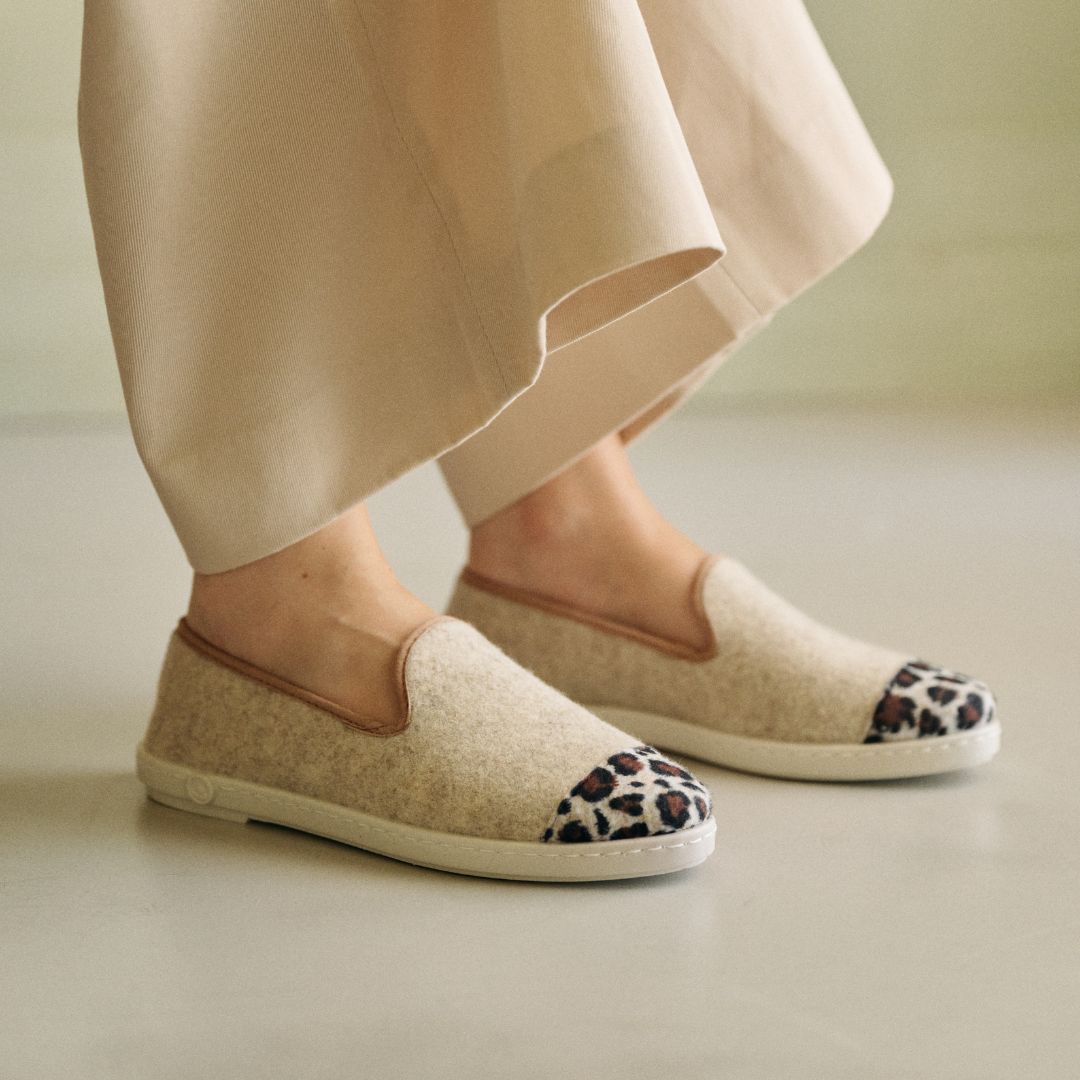Leather has always been a very trendy material, but which today presents well-known environmental limits: intensive breeding, chemical treatments... Consequently, a good number of alternatives are more in line with environmental protection, but also animal defense, have developed. Angarde presents vegetable leather, a 100% vegetable material for a more responsible approach and ever higher quality products!
Vegetable leather: what is it?
Leather is by definition a material of animal origin. It is therefore an abuse of language to speak of “ vegetable leather ” or “vegan leather”, but this term remains the one that is most widely used.
Vegetable leather is none other than an ecological and sustainable alternative to leather produced from animal skins, which is part of the vegan movement. This new industry makes it possible to change our consumption patterns by favoring a material of plant origin and which has a reduced impact on our natural resources.
Pair of shoes, handbags, belts... The use and maintenance of vegetable leather have several similarities with those of animal leather. It allows you to benefit from the same advantages while being much more concerned about animal protection.
Why choose vegetable leather?
Also called eco-leather or natural tannin leather, vegetable leather represents a choice that is both aesthetic and strongly political.
Vegetable leather is produced from production waste or natural plants that do not have a dedicated culture. This favoring of raw materials allows the vegetable leather industry to have a very low environmental impact. By using production waste from other industries, vegetable leather helps reduce waste and recycle materials that would otherwise be thrown away.
In fact, products made from vegan leather are still rare, which makes it possible to offer customers original and almost unique pieces of choice! This advantage is present at Angarde: we encourage you to place your pre-orders before designing our products. In this way, we avoid overproduction, and therefore, waste.
Although it is made from plant-based materials, vegan leather demonstrates high quality. It is resistant, rot-proof and marks a real turning point in the fashion sector and the textile industry.
Leather: the difference between vegetable tanning and mineral tanning
Tanning is a process which transforms the skin of an animal into a rot-proof material, that is to say which cannot rot, is durable and more flexible. However, not everything happens with the wave of a magic wand! The skin must first be bathed in chemical or natural substances to become leather. The manufacture of vegetable leather relies on this second option!
Mineral tanning, more widespread but more chemical
Mineral-tanned leather is made from chemicals and heavy metals. Tanners use zirconium, aluminum salts, trivalent chromium salt, etc. in particular. These products have the advantage of being effective, fast and inexpensive. This allows a greater quantity of leather to be produced in a shorter period of time.
Chrome-tanned leather also has characteristics favored in the fashion industry, it is more supple, offers a greater variety of colors, and it is also water resistant. This makes it a popular choice for manufacturing products like clothing, shoes and bags.
Furthermore, chrome tanning is the most common in leather making because it is much cheaper.
Vegetable tanning, a completely natural alternative
Vegetable tanning is a completely natural alternative: a traditional method that uses plant extracts, such as tree bark, to make leather without chemicals or heavy metals. The substances that will become leather are immersed in baths saturated with plant substances and thus become rot-proof.
The manufacture of vegetable leather requires the use of certain trees for tanning: Mediterranean oak bark, rhubarb (for its bright color) or Tara (a plant native to South Africa).
This tanning method, although more responsible, also takes longer and is more expensive in terms of labor but produces leather that is supple, breathable and environmentally friendly. This can therefore have an impact on the prices of vegetable leather products.
Vegetable tanned leather is often used for high-quality leather goods, belts and shoes.
Some examples of vegetable leathers
Eucalyptus leather, pineapple leather, apple or grape leather... many plants are used to make vegetable-tanned leather. Here are two still little-known examples of types of vegan leather!
Grape leather
It was in 2016 and in Milan that grape leather was born, this vegan leather developed by an Italian start-up, used for our new sneaker collections. Indeed, the Vegea company had one objective: to create materials intended for the luxury, automobile, fashion and design industries while remaining eco-sustainable. And the challenge was met!
Grape leather is an unstoppable invention of ethical fashion:
-
This vegan material is essential in the fight against the industrialization of leather of animal origin;
-
Its manufacturing process does not require any new resources or cultivated land: the leather is made from waste from the wine industry (grape skins, seeds, branches, pruning residue, etc.).
- It is very easy to maintain , which makes your pair even more durable.
Cactus leather
Adrián López Velarde and Marte Cázarez are the two creators of cactus leather . Originally from Mexico, they were keen to find an alternative to animal leather. They therefore chose to turn to prickly pears, a cactus particularly widespread in South Africa and North Africa.
Ecological and sustainable, cactus leather, which you will find on our most colorful women's sneakers , actively contributes to biodiversity:
-
Its production contributes to the reforestation of native cacti and requires no fertilizers or pesticides;
-
The only leaves used are the leaves that have already fallen from the cactus.
Mushroom leather
The composition of vegetable mushroom leather is based on Phellinus ellipsoideus, a parasitic mushroom offering 100% vegetable leather.
It is the British designer Stella McCartnez who is at the origin of this invention. She designed leather from a biodegradable and ethical material, which is emerging as a new alternative in the textile sector.
Made up of a soft layer and a rougher layer, which bears a strong resemblance to cork, mushroom leather easily absorbs moisture, without being waterproof.
In short, vegetable leather is an innovative material that can be used in the manufacture of luggage products, leather goods, shoemaking and other fashion accessories. Vegetable leather for bags and shoes is already having an effect: all you have to do is let yourself be tempted!
































